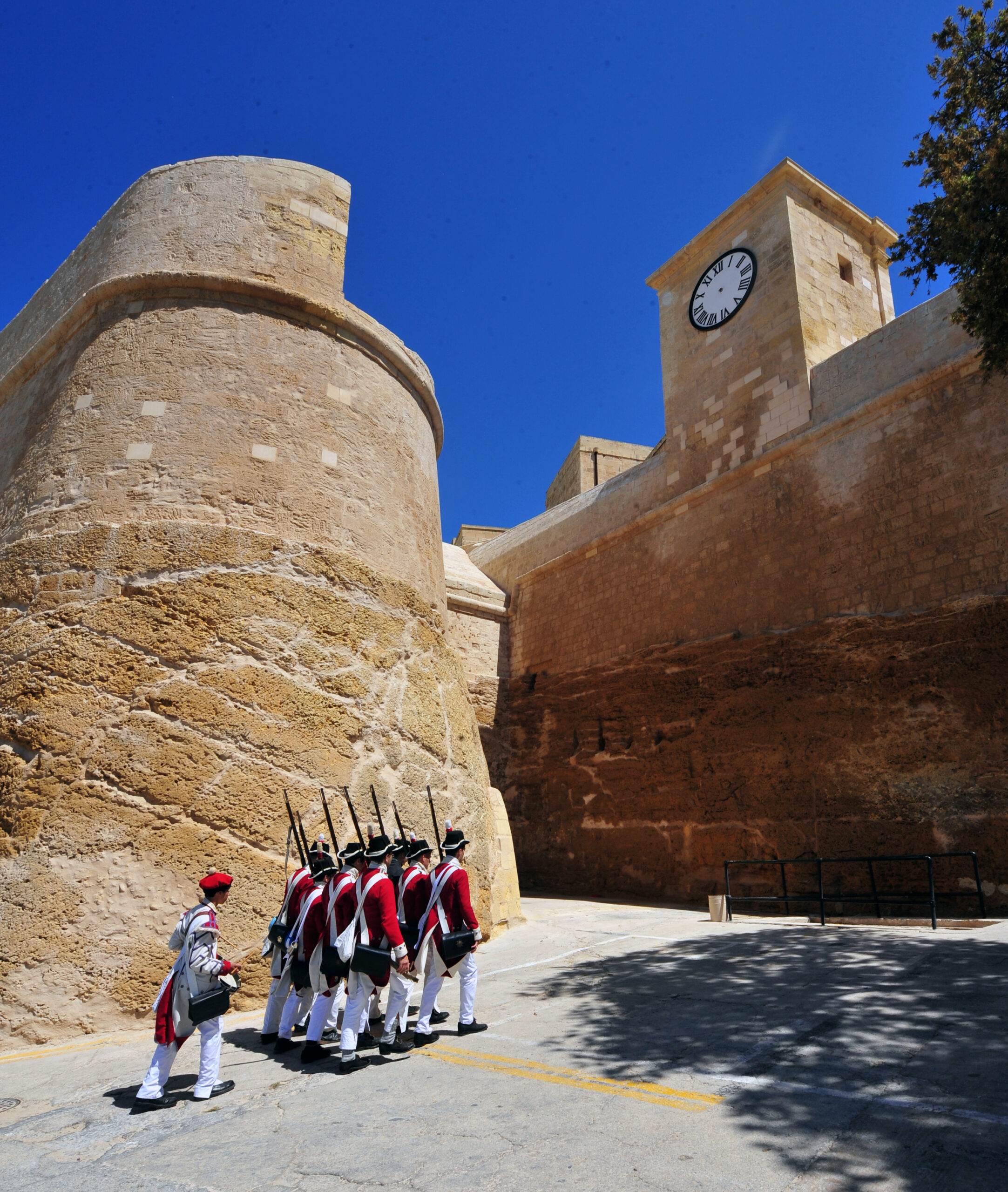Despite its small size, Gozo boasts an extensive heritage of traditions, sites, monuments, buildings, and the natural environment. One organisation in particular, Wirt Għawdex (Gozo Heritage), is doing its best to help preserve, safeguard and raise awareness of this heritage.
“It is the people’s heritage and we believe that the people should be made aware of what they have and given a sense of ownership,” says the secretary of the NGO Wirt Ghawdex. “They should have free access to it.”
Much like other organisations based in Malta, such as Fondazzjoni Wirt Artna and Din L-Art Ħelwa, Wirt Għawdex is led by a team of volunteers. To date it is the only organisation based in Gozo to focus on conserving, restoring and raising awareness of the Island’s patrimony. With a history going back over 40 years and working under the name of ‘Il-Belt il-Qadima’ (The Old Citadel), some of the first projects undertaken included the cleaning of the Old Citadel fortification walls, cannons, and the Old Prison.
By 1981, the Society felt that it should extend its efforts to cover the whole of Gozo, as well as Comino, and chose to change its name to its current one, Wirt Għawdex.
One of its first tasks was to create a list of heritage sites that were in danger of being lost; the Mġarr ix-Xini, Comino, Dwejra, and Cardona towers, the Saint Cecilia Chapel, various monuments including fountains around Gozo, and others, were highlighted. Today, most of these sites have been beautifully restored and given a new lease of life, to be enjoyed by both locals and visitors alike.
Saving Gozo’s heritage
One noteworthy story is that of the last surviving lateen boat (dgħajsa tal-Latini). These boats were the traditional Gozitan ferries, crossing between Malta and Gozo, before the arrival of steam ferries.
After falling into disrepair, the last surviving boat, christened Sacra Famiglia, was pronounced unseaworthy in the 1970s, left blocking a slipway in Mġarr and slowly wasting away. It was then bought by an entrepreneur who wanted to sell it to the Government. An intervention by Wirt Għawdex led to the Gozo Channel Company, the successor to the dgħajsa tal-Latini andwhich today runs daily ferries between Malta and Gozo, showing interest in restoring the boat.
“It was given to the Caruana brothers to restore, whose father Ġużeppi was the original builder,” continues Wirt Ghawdex secretary. “The result was fantastic and it is now testimony to Gozo’s heritage in this area.”
Another project undertaken by Wirt Għawdex is the restoration of what are known as ‘VR stones’. During the reign of Queen Victoria (1837-1901), a number of stones were erected as an indicator that a particular parcel of land belonged to the Government. These stones carried the Queen’s initials, VR (Victoria Regina).
Although once a common sight around Gozo, over the years many of them had either collapsed or were removed from their original location. As many as 15 of these stones have already been put back in place, a process that is slow and painstaking, and that involves looking for and collecting broken pieces buried in fields. These are then reassembled and erected again at their original location. More public awareness has also led to more people being able to recognise abandoned pieces and flagging them to the organisation for preservation and restoration, which is now in the process of creating a database that keeps track of, and displays, the location of each of these remains.
The restoration of the Mġarr ix-Xini tower was another noteworthy project. Perched at the entrance of the beautiful bay after which the tower is named, it was built by the Knights of St John in 1661, one in a series of 14 coastal towers. Unfortunately, as with almost all the other towers, it had fallen into disrepair with parts of it, including the façade, in imminent danger of collapse.
The extensive restoration works on this historic Gozitan coastal tower included reconstructing parts that had been demolished over the years, as well as the manufacture of new apertures and a drawbridge leading to it. Sadly, after the completion of these works in 2009, unidentified persons vandalised various parts of the tower, which then had to be redone.
Raising awareness
“Education is paramount. We aim to instil a sense of awareness in the public about the great heritage that Gozo has, through the lectures that we organise and other activities,” continues the NGO’s secretary. “We tackle many topics: the environment, history, customs, archaeology, even myths and legends.
“Much work depends on volunteers and on private sponsorships. Work on the Citadel, for example, was carried out by volunteers. Crucially, the Gozo Ministry has shown goodwill in sponsoring many of our current and upcoming works. One of the major projects carried out by Wirt Ghawdex was the restoration of the Old Gozo Hospital, currently housing the Gozo Ministry. The cleaning was carried out, much like the Auberge de Castille has been cleaned up in Malta, and given a new life.”
Moving forward, Wirt Ghawdex are dedicated to making Gozo more beautiful, and its heritage sites as accessible as possible for the public to enjoy. “With this in mind, we ask for help so that these sites can be opened to the people. Free of charge, of course, because they are the people’s own heritage,” the secretary concludes.
You can read more about the on-going efforts of Wirt Għawdex on their website, www.wirtghawdex.org.



